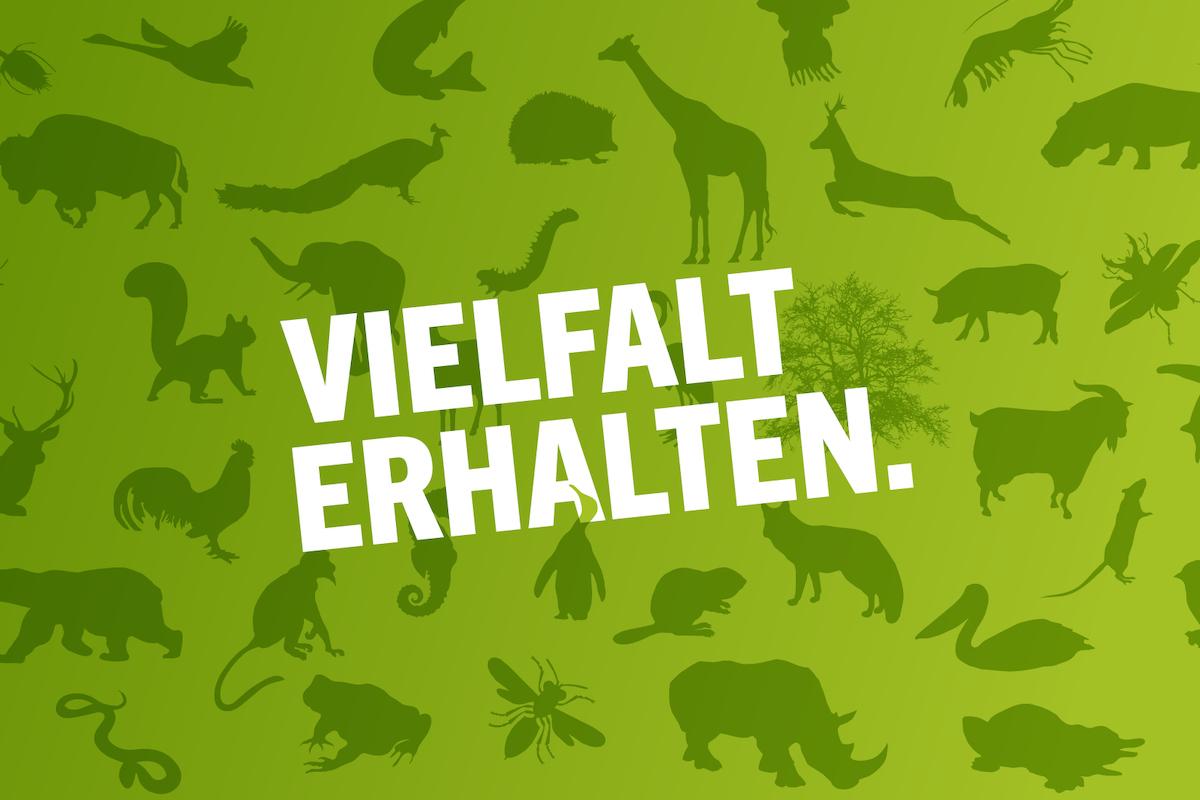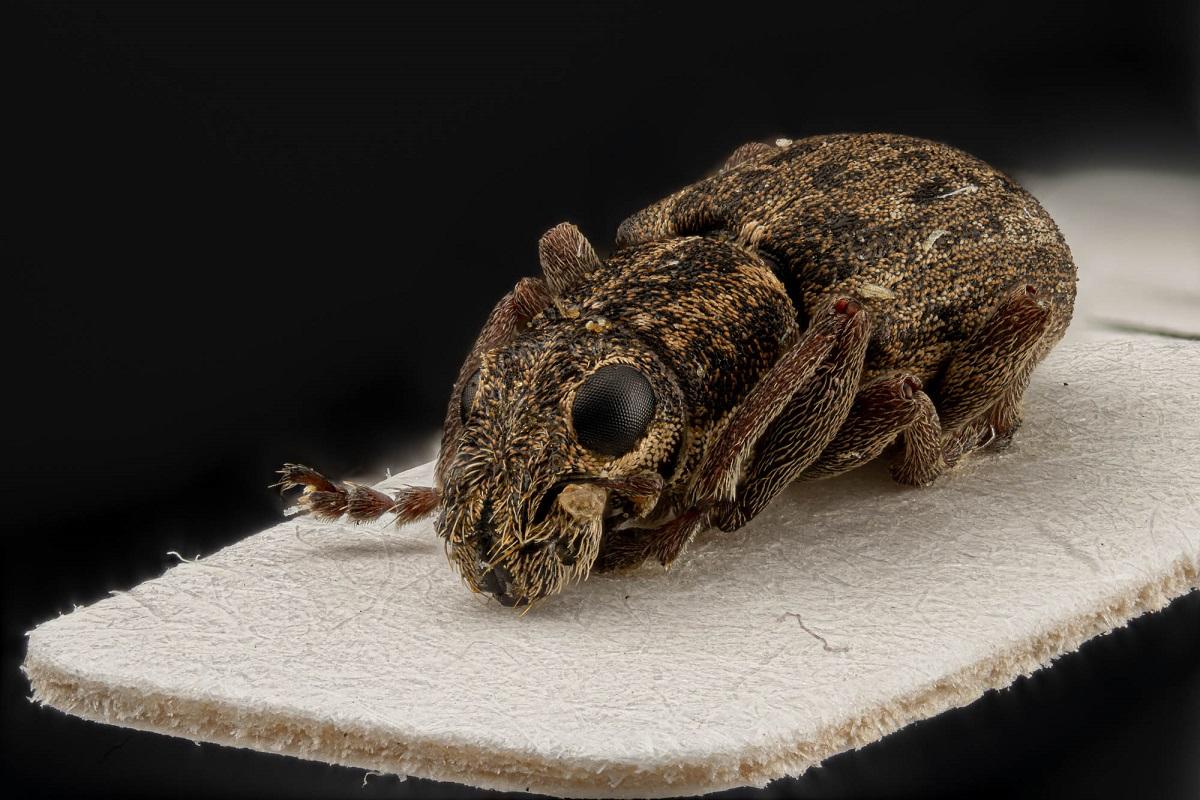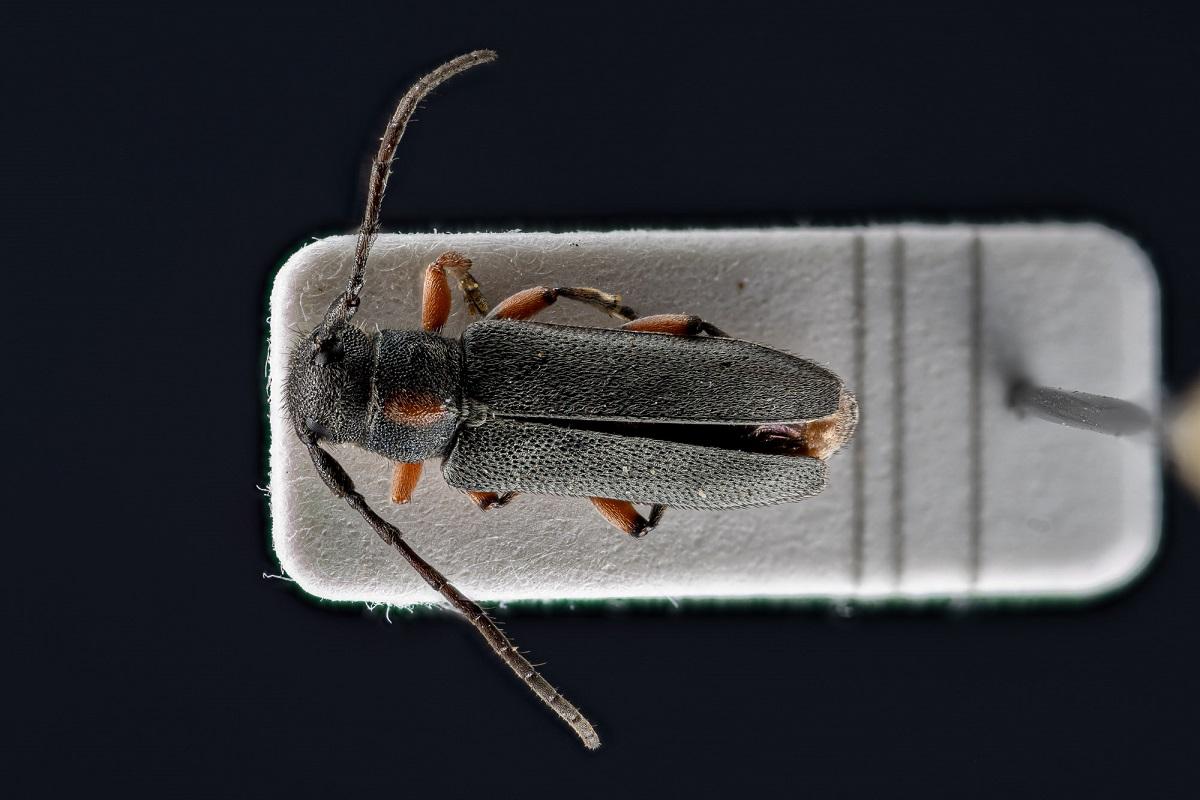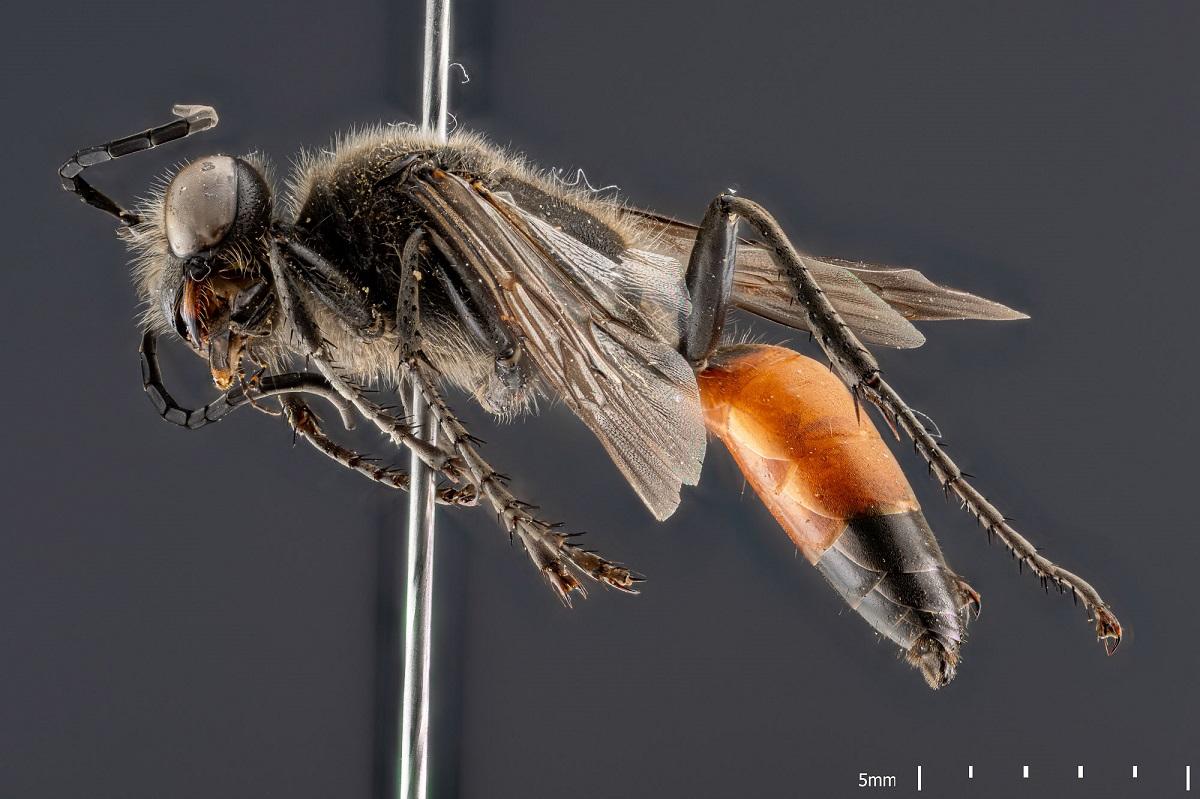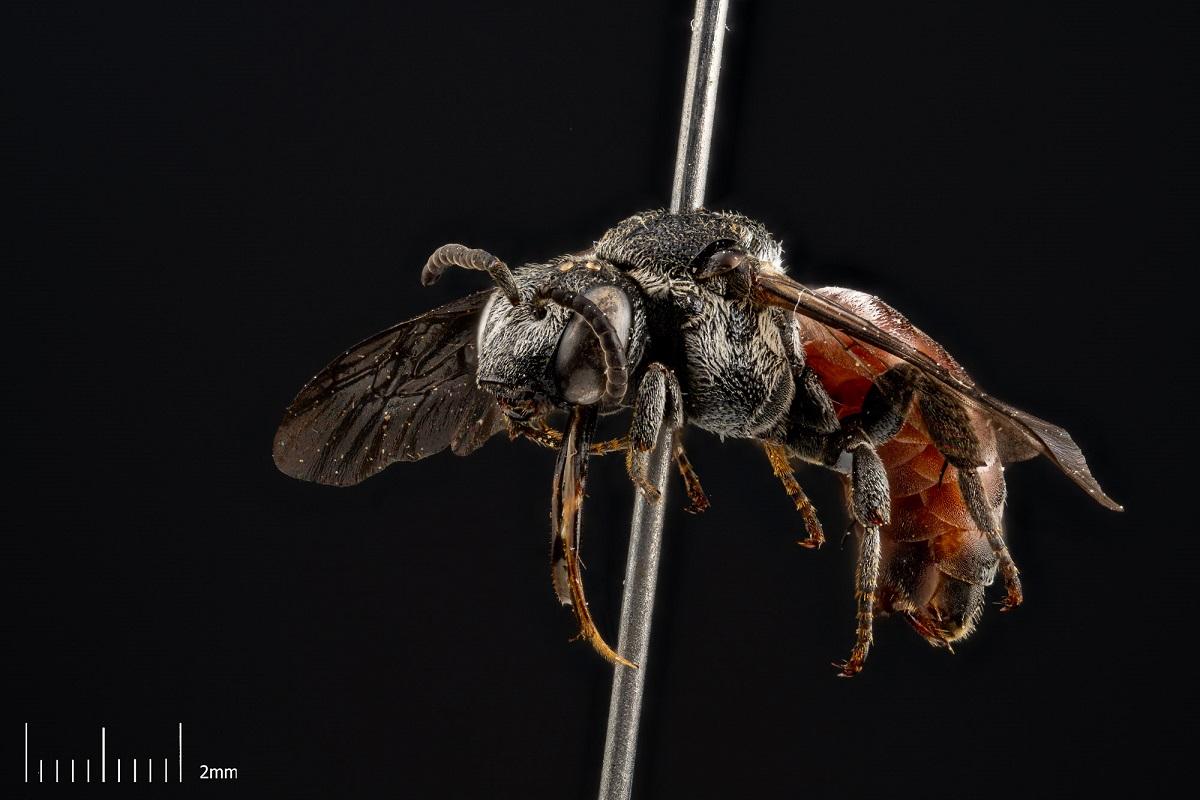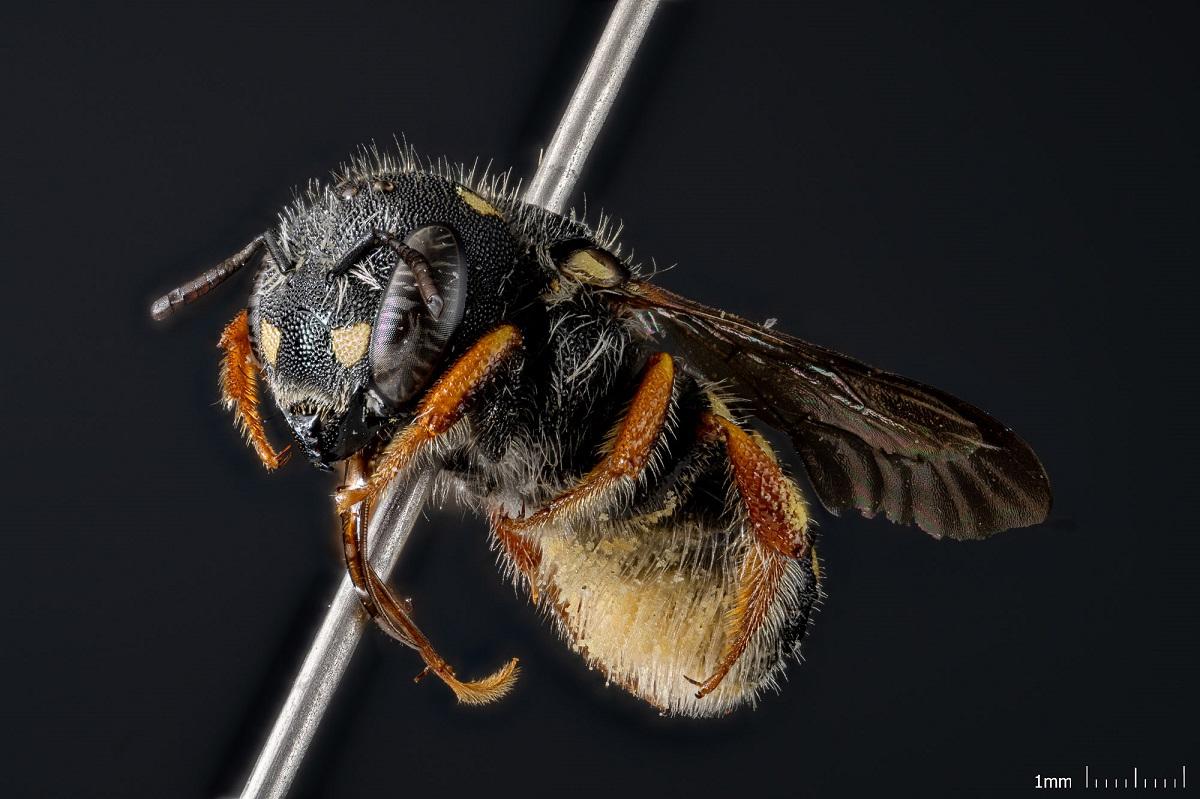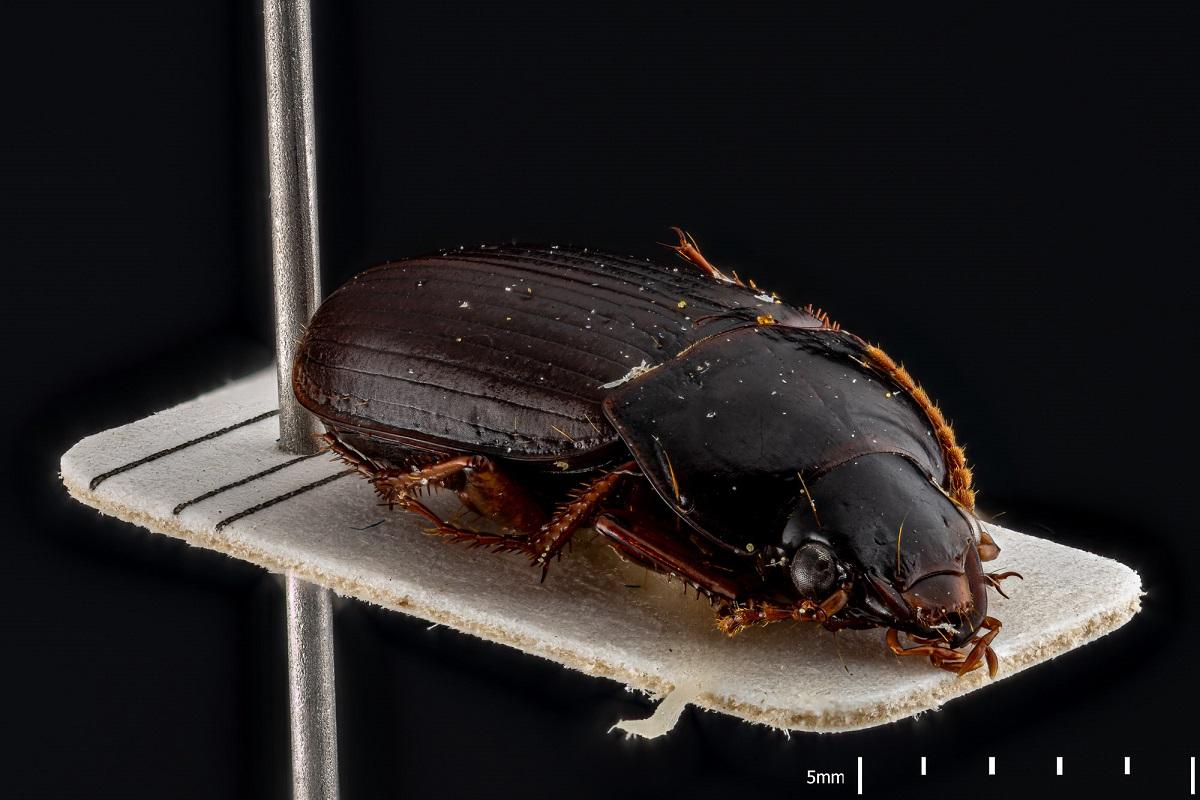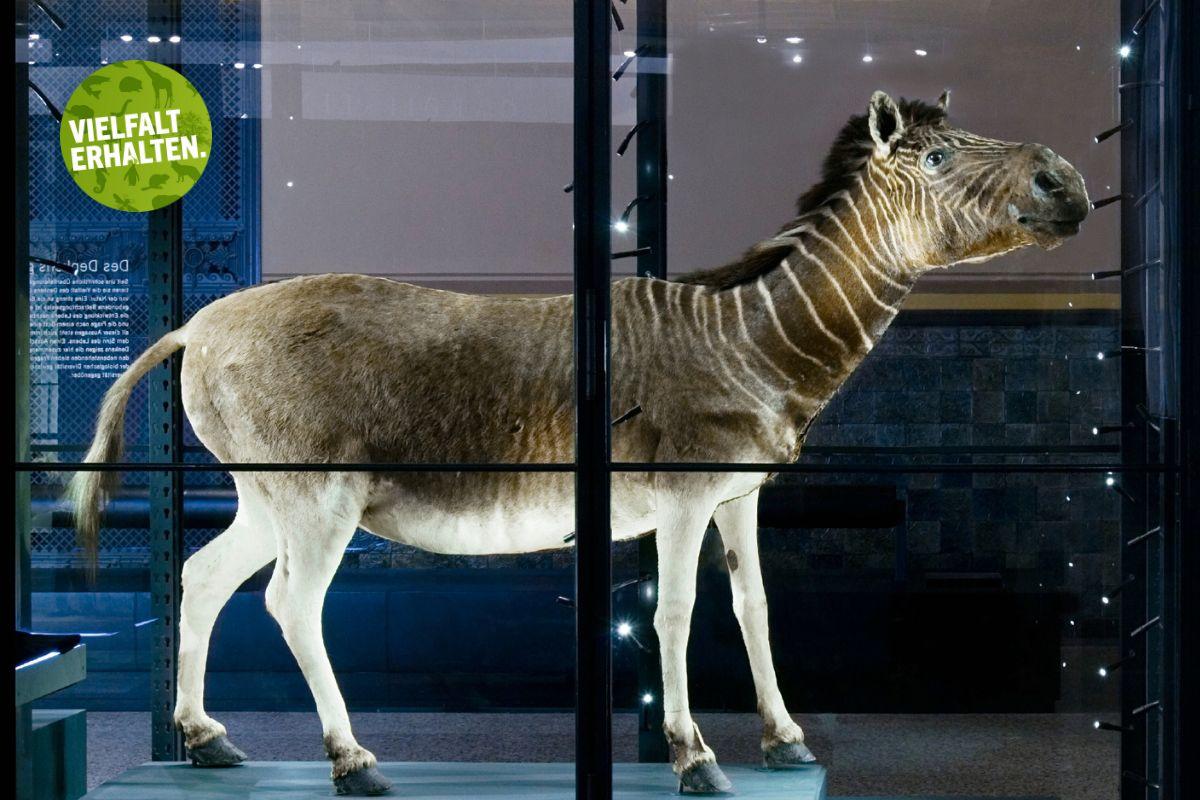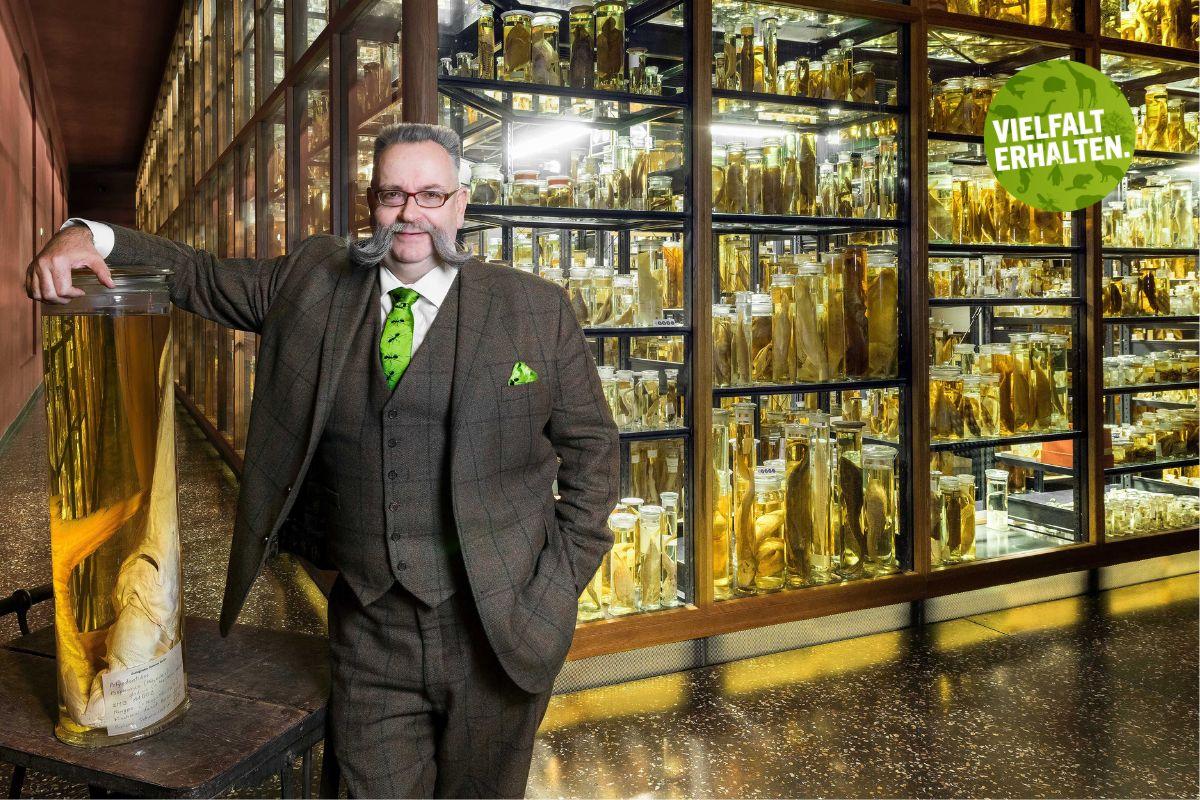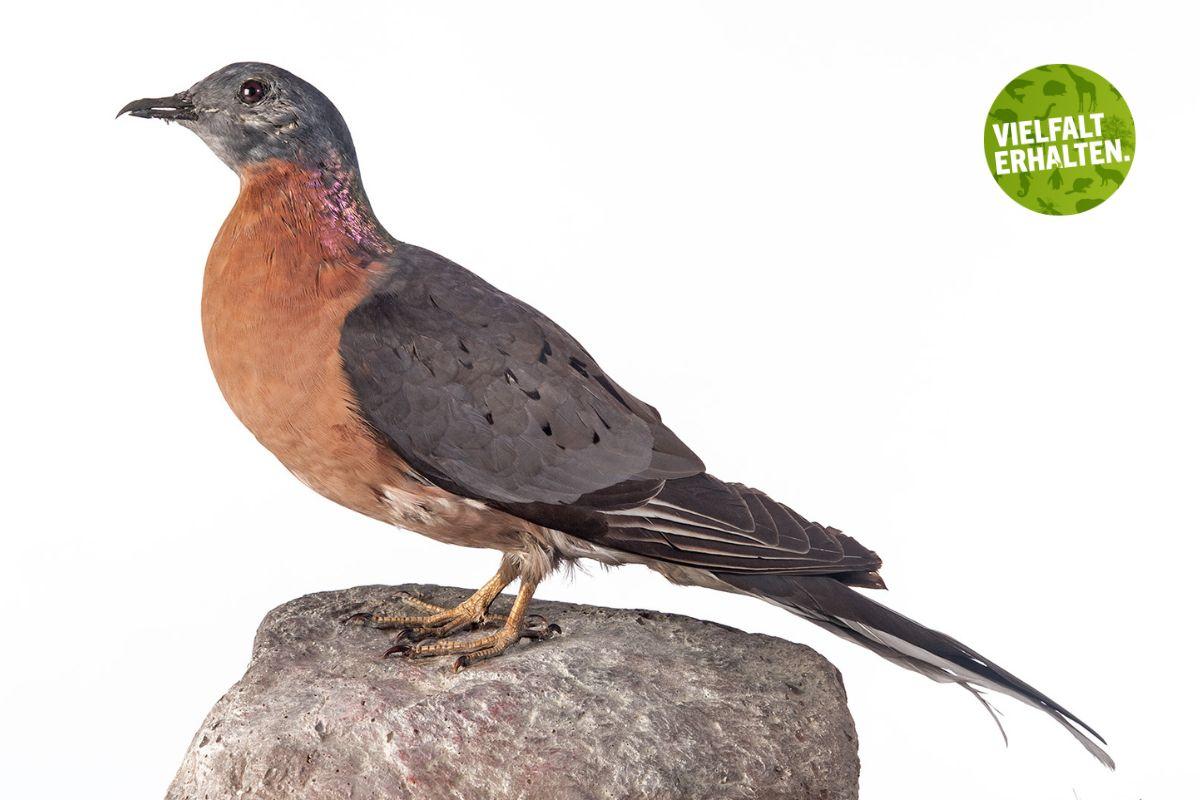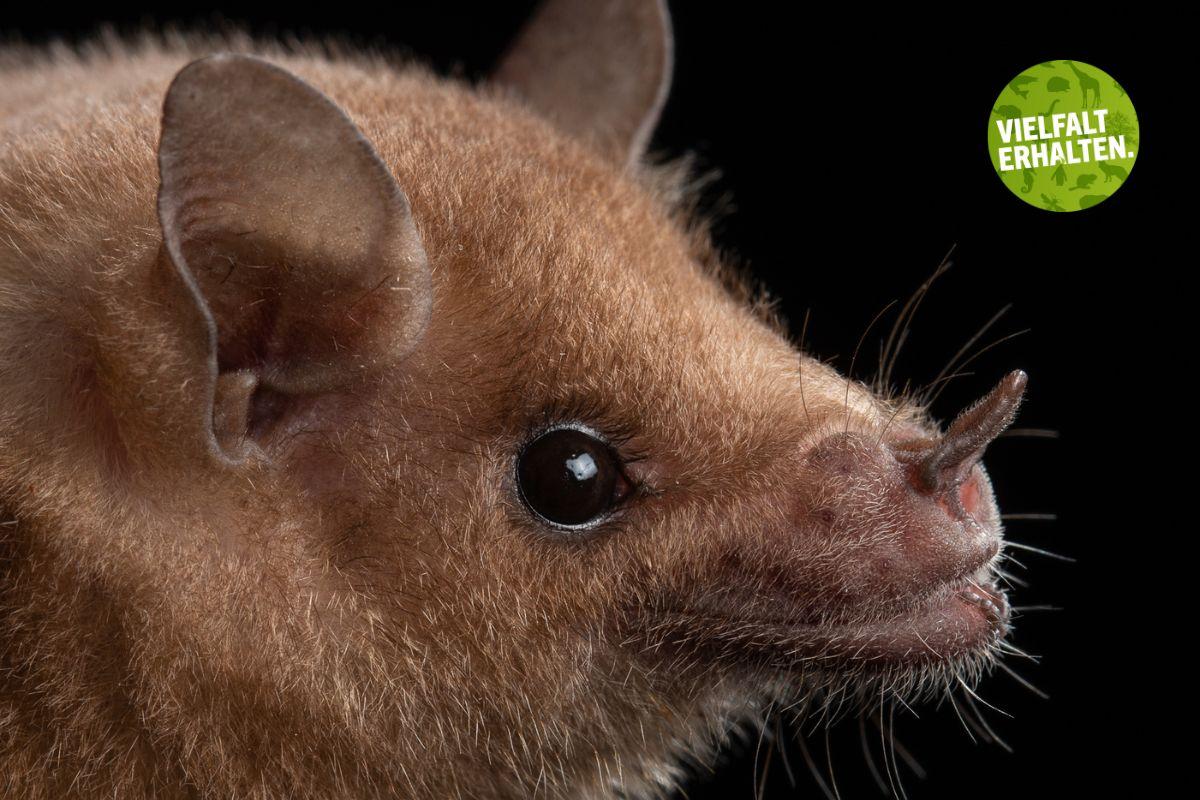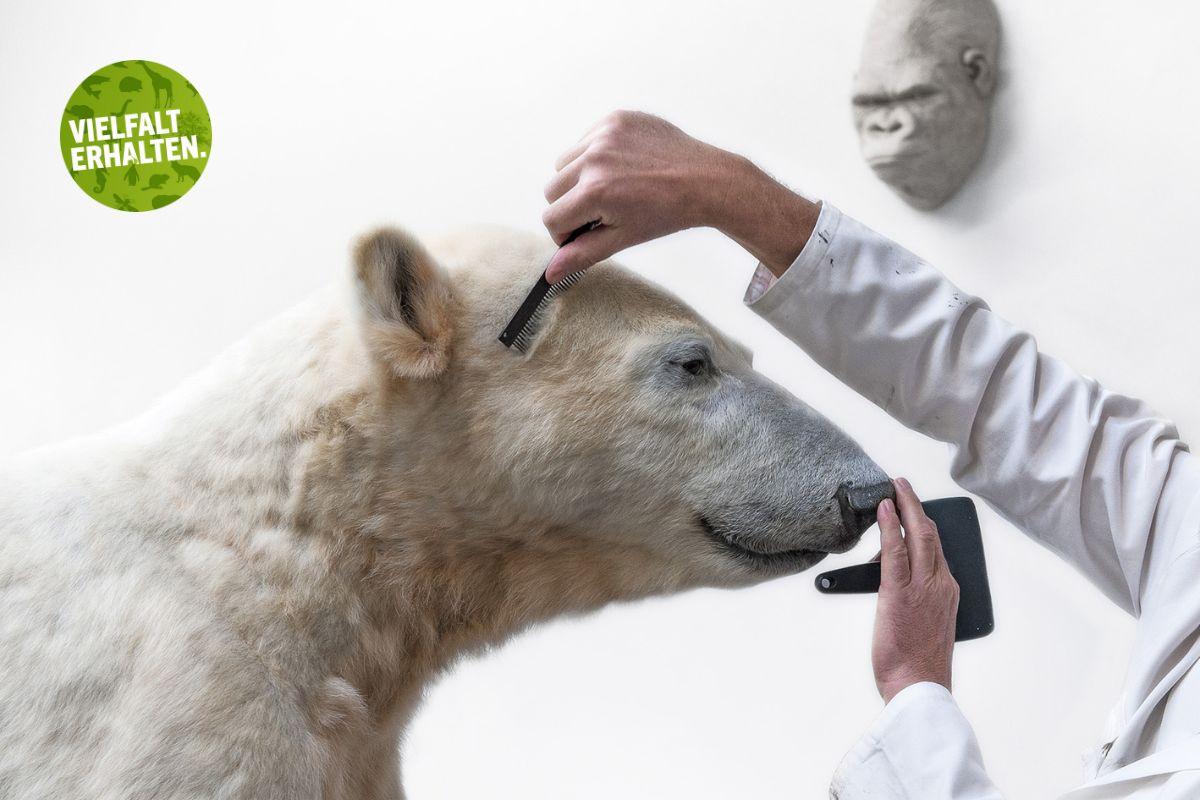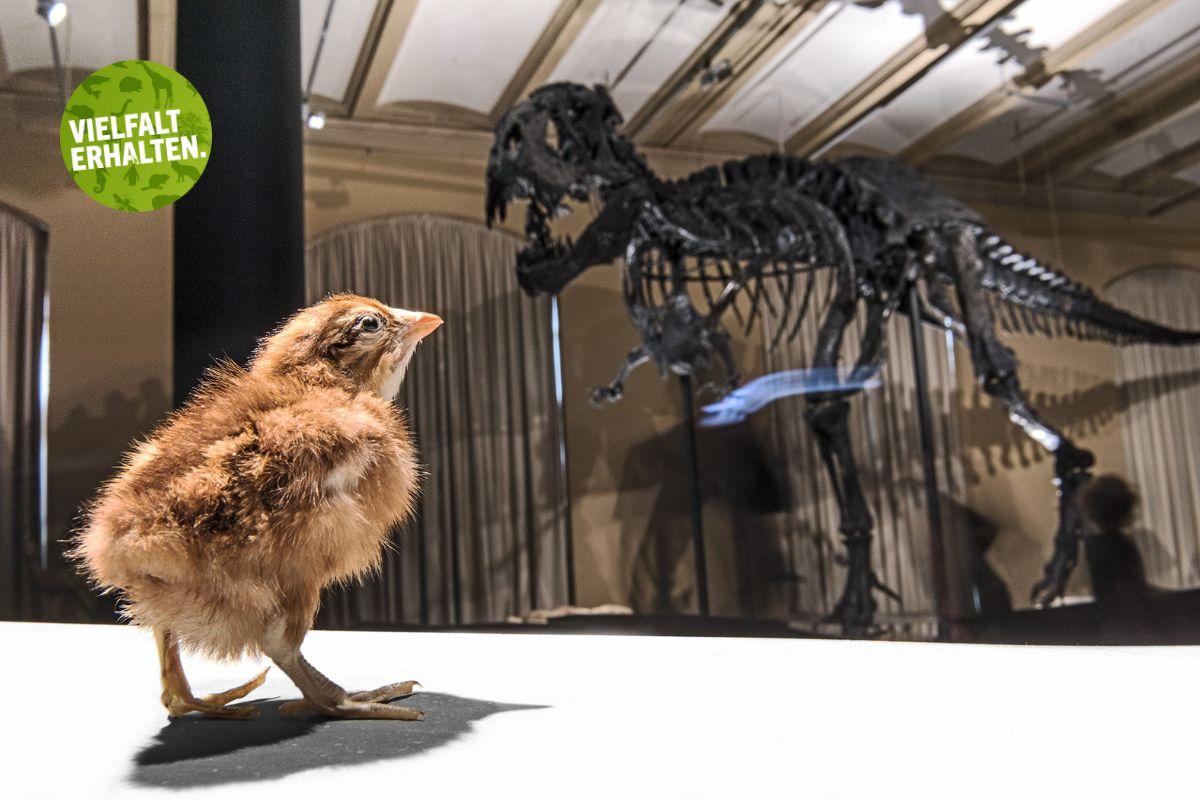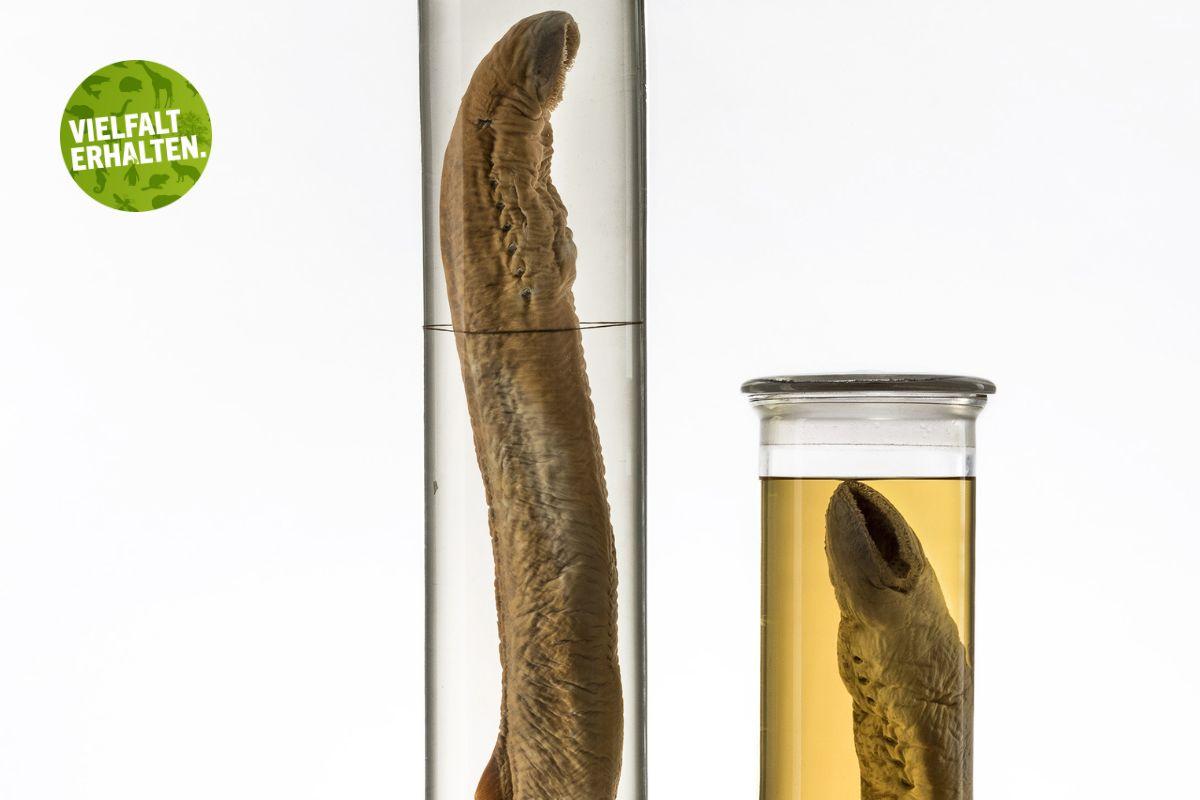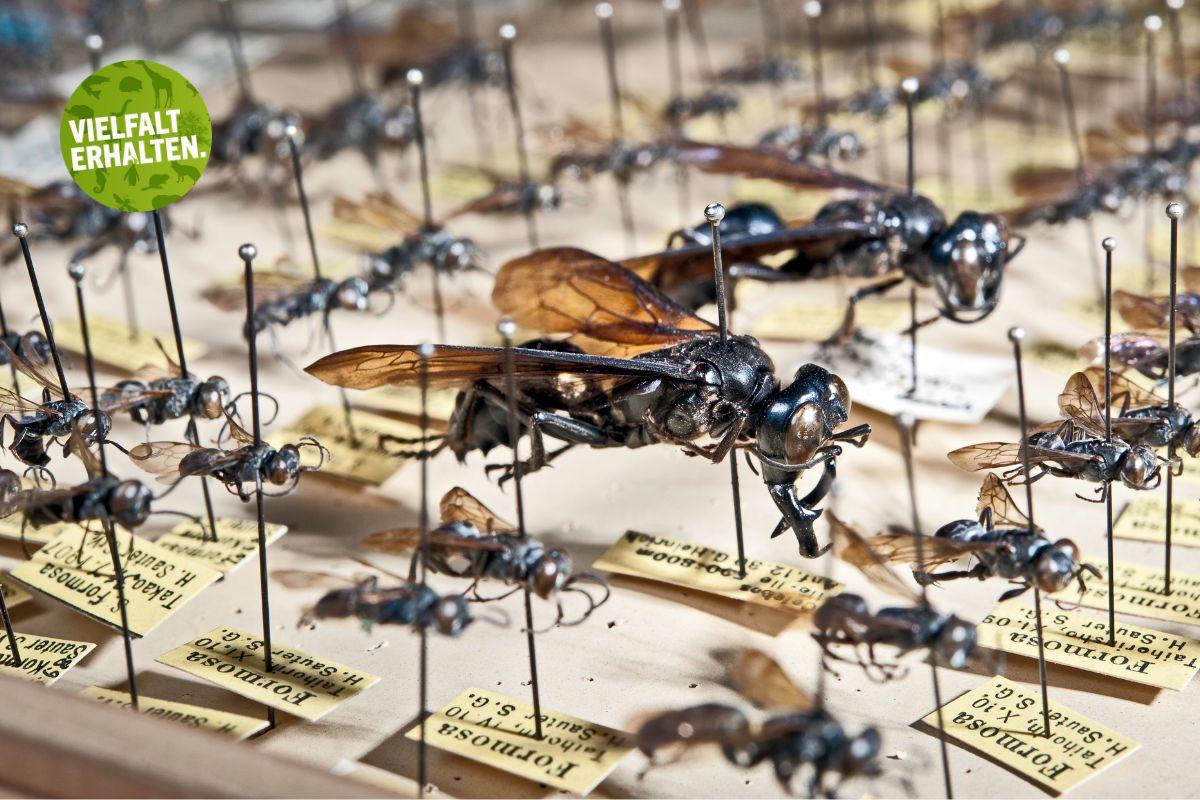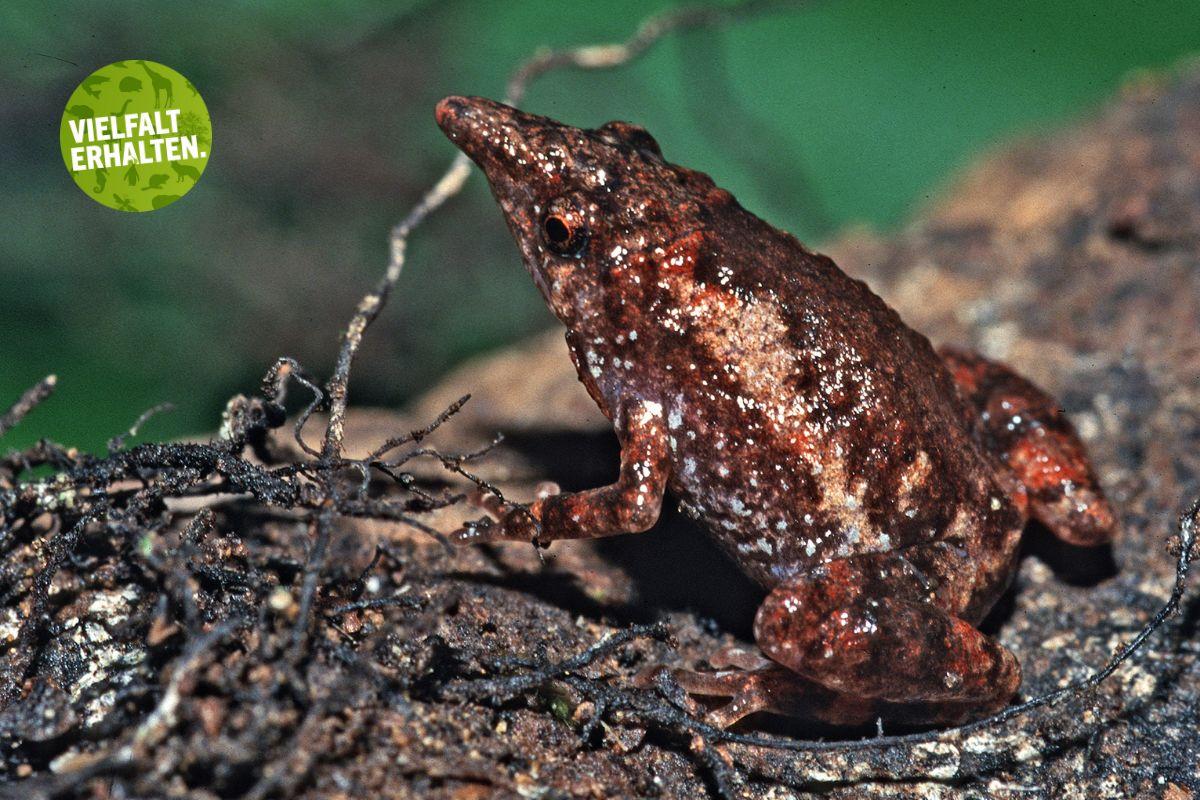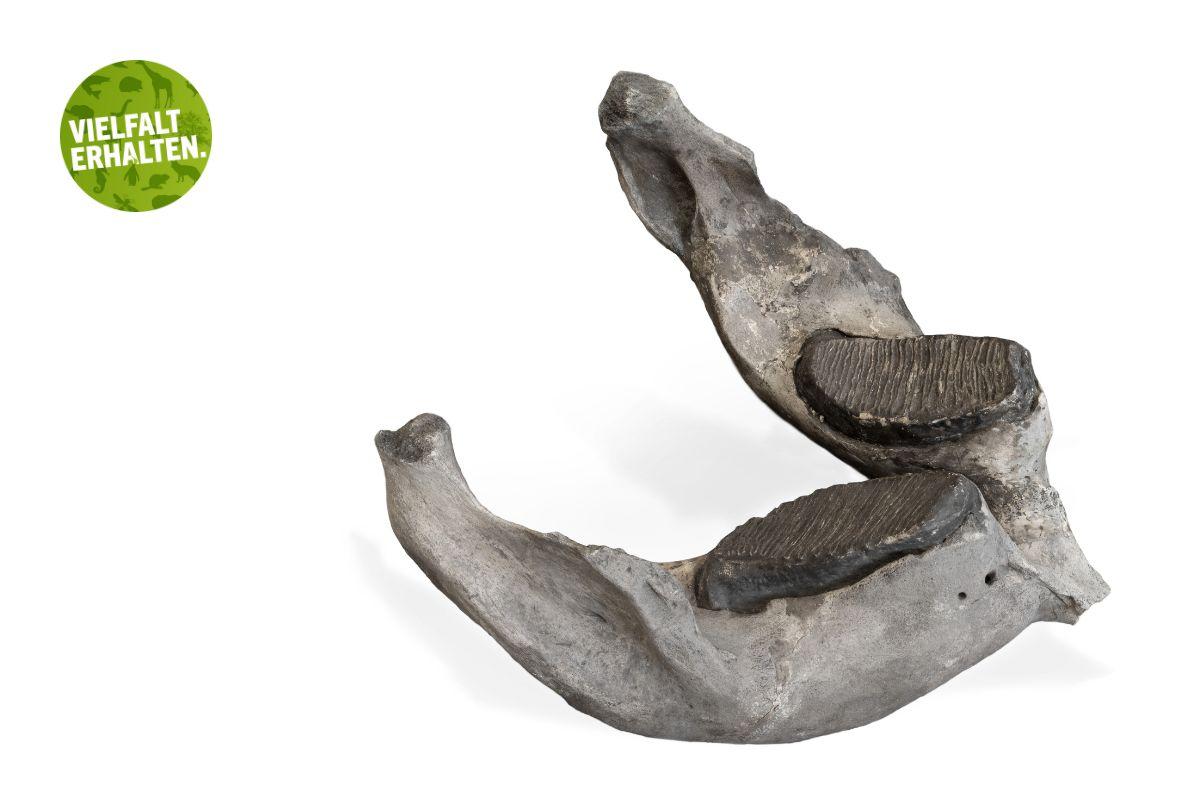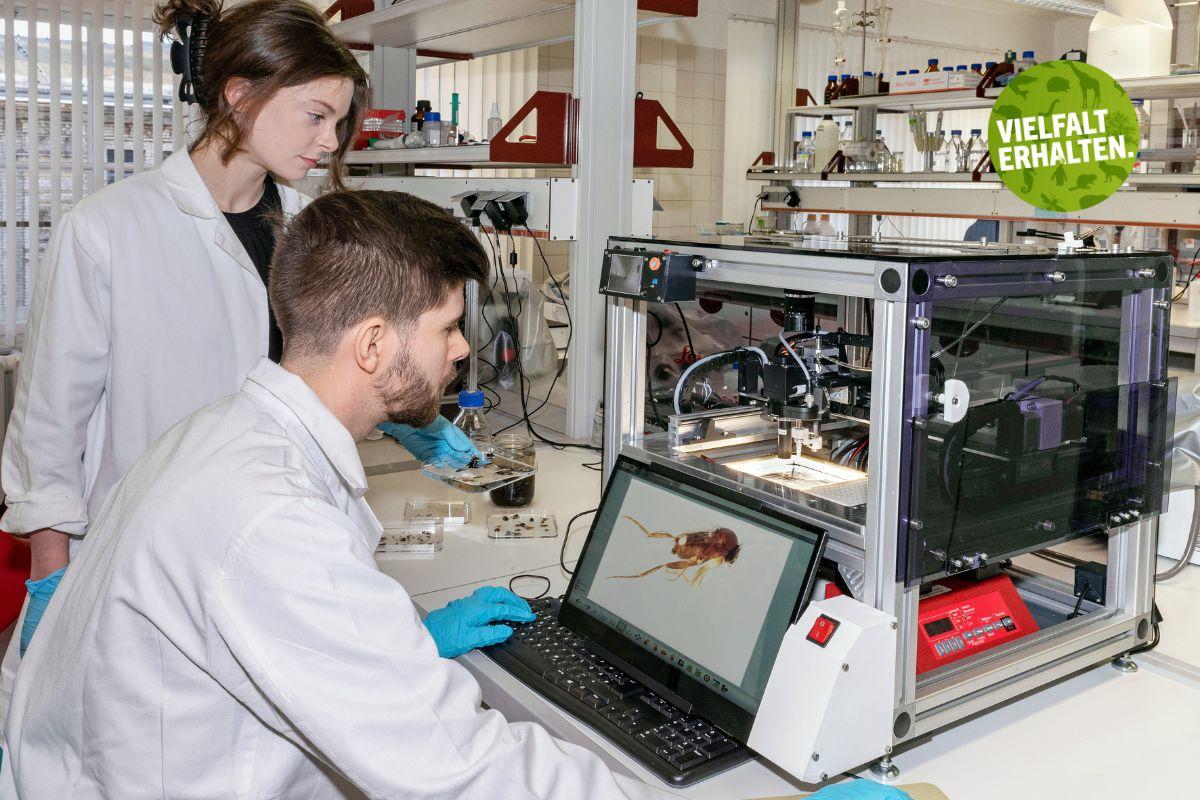Never since the end of the dinosaur age have so many animal and plant species become extinct as today. This dramatic loss of biological diversity endangers our livelihood! The section "Safeguarding Nature" presents current and past projects with our cooperation partners.
Streetlife: Biodiversity on street medians
Berlin is full of habitats: wild boars cavort in the forests on the outskirts of the city, fish swim in Wannsee lake and then, of course, there are the countless pigeons at Alexanderplatz. But it's not only where we suspect animals to be anyway that there is an incessant flurry of creatures. Even in seemingly inhospitable places there are remarkable habitats. The median strips of Berlin's streets, for example, can boast an impressive diversity of insects; as long as they are planted with the right plants. This is demonstrated by the Stadtgrün project of the Museum of Natural History and Humboldt University, in which entomologist Frank Koch has been examining these unusual urban ecosystems since 2017.
Originally started as a project to study plants resistant to urban stress, Koch and his team put out their feelers for the arthropods at the three locations Frankfurter Allee, Adlergestell and Heerstraße every two weeks. Their results: Koch was able to detect around 400 different insect species from six different orders, including some that are on the red list of endangered species. Even Sphex funerarius, the grasshopper sand wasp, which was thought to have disappeared in Berlin and Brandenburg, came into the researchers' net in 2019. In 2021, the bee species Hylaeus intermedius was documented in Heerstraße for the first time in Germany.
In our gallery, we present the most impressive specimens from the project – prepared for the museum and photographed by a digitization expert from the Museum für Naturkunde Berlin, Bernhard Schurian. All insects pictured are from the Red List of Endangered or Critically Endangered Species.
Biodiversity stories: Extinct, saved, discovered
For the 15th UN Biodiversity Conference in Montreal (December 2022), we present eleven extraordinary stories that urgently show why we must protect biodiversity now (!).Without fast, far-reaching and comprehensive measures, we run the risk that our planet will lose a million species in the coming decades. The current rate of extinction exceeds the natural loss of species by up to 100 times! (Source: Berlin Declaration, May 2022)
The following stories and species are examples of a change in biodiversity on our planet that has increasingly been man-made in recent centuries and decades.
- Quagga (Equus quagga quagga)
- Chinese paddlefish (Psephurus gladius)
- Passenger pigeon (Ectopistes migratorius)
- Lesser long-nosed bat (Leptonycteris yerbabuenae)
- Polar bear (Ursus maritimus)
- Tristan Otto (Tyrannosaurus rex)
- Sea lamprey (Petromyzon marinus)
- "Monster wasp" (Megalara garuda)
- Small-eyed choerophryne (Choerophryne microps)
- Woolly mammoth (Mammuthus primigenius)
- Undiscovered
Together for nature
Germany bears a great responsibility and has considerable potential to make decisive contributions to overcoming the twin crises of declining biological diversity and increasing global warming. To achieve this, science, business, society and politics must work much more closely together internationally, nationally and regionally than before. Science is ready to work out solutions together!
- We now need science, politics, business and civil society to close ranks for nature-positive corporate action: Sign the Frankfurt Declaration on the World Summit on Nature 2022!
- Discuss with us what measures are needed to stop the loss of biodiversity: On Tuesday, 12 December 2022, 17:00 CET in "Network Natural Knowledge in Conversation".
- In "Changing Natures" you contribute with a personal object and your story to better understand the changes in the environment and the challenges of the future.
- Biodiversity doesn't just happen in the tropics: With our Naturblick app, you can find out more about urban nature and, for example, identify birds by sound recognition.
Current projects at the Museum für Naturkunde Berlin (selection)
- How do 100-year-old bumblebees help to understand insect mortality? Our research collection contains answers to the pressing questions of our time. To enable its full use, we are developing it as part of the Future Plan.
- In the NaturBerlin research cluster, we develop methods to record and evaluate changes in biodiversity in large cities and to forecast their effects.
- The AutoBio research cluster aims to obtain data on biodiversity in natural history collections and nature more quickly, for example with the help of artificial intelligence.
- Our Center for Integrative Biodiversity Discovery makes an important contribution to the collection and study of the millions of known and unknown animal species.
- The challenges of the present cannot be mastered alone: With our Netzwerk Naturwissen, we are the venue for cooperation with partners from Berlin and Brandenburg.
Facts on the biodiversity crisis: Current research at the MfN
As the Leibniz Institute for Evolutionary and Biodiversity Research, we are part of the Leibniz Biodiversity Research Network. As part of this, 45 researchers from different institutions formulated ten must-knows from biodiversity research – well-founded and generally understandable.
A selection of further facts and findings from our research can be found here:
- 21 percent of 10,196 reptile species recorded in a study involving the MfN are threatened. Turtles and crocodiles are particularly at risk. You can find a selection of other facts and findings from our research here:
- From the moa to the kakapo, it would take 50 million years for bird life that has been extinct since humans arrived in New Zealand to recover, researchers also including the MfN found.
- Protecting entire ecosystems is more successful in the long term than focusing on individual species: With the participation of the MfN, researchers showed that ecological communities of mammals remained stable in their interrelationships for millions of years, even though individual species died out and were replaced by new ones.
- What are the effects of the disappearance of individual species? Using long-term data, researchers investigated the effects of the decline in large mammals on the species composition of small bodies of water in a savannah ecosystem.
- How well do we really know life on our earth? It was only in April 2022 that researchers, with the participation of the MfN, published a new sensory organ for the perception of vibration signals in leafhoppers.
- Led by MfN and the University of Potsdam, researchers sequenced the first nuclear genomes of the extinct bluebuck. Their data provide insight into the extinction of a species.
- Who will survive climate change? Using fossils from our research collection, researchers from MfN and FAU Erlangen-Nürnberg investigated extinction events over the last 300 million years.
